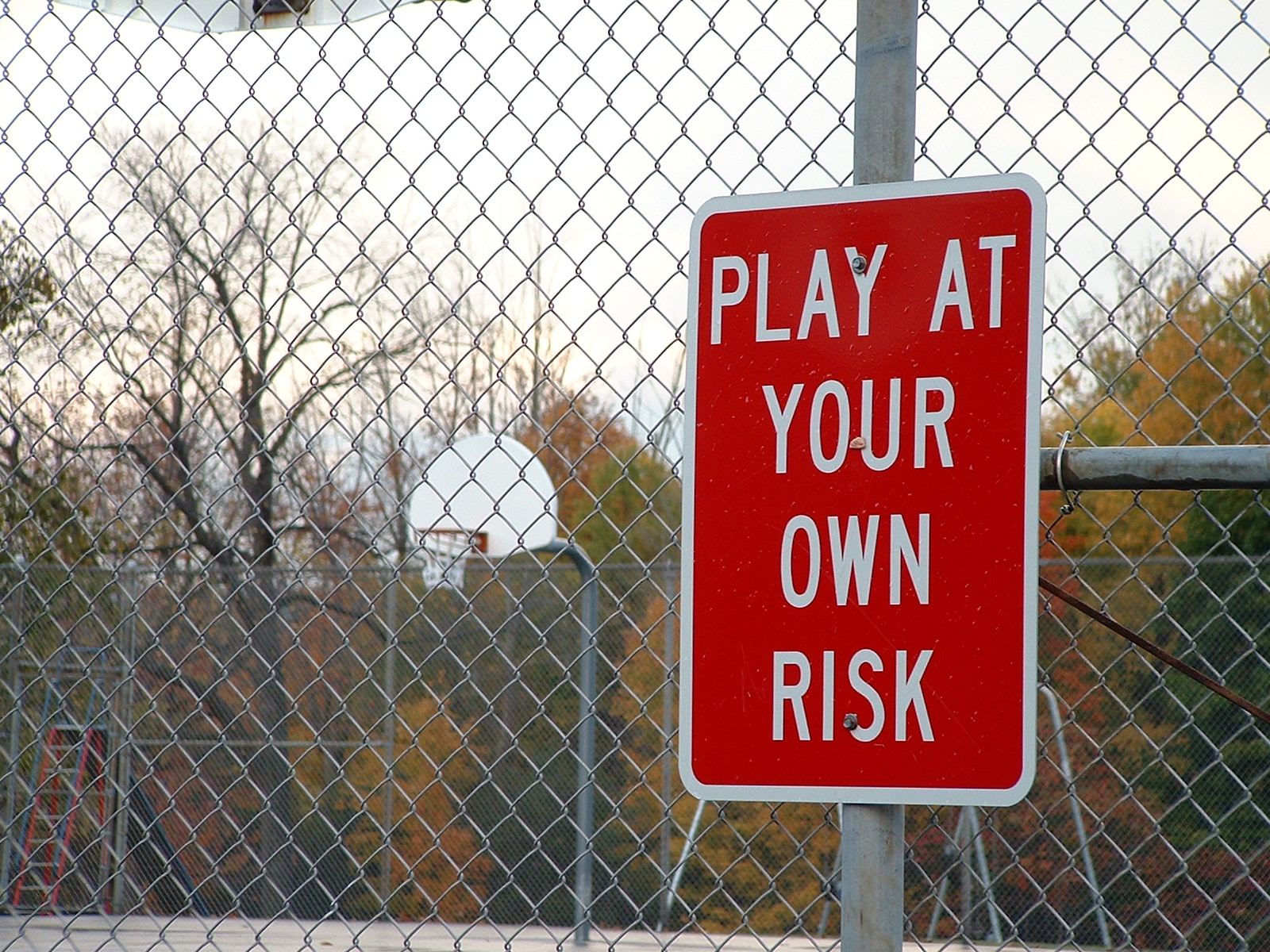Simple Tips for a Successful Construction Project
by Mark A. Cobb
I just read a very insightful and accurate description of what it means to be a contractor:
We design and construct buildings but the reality is we are risk managers. Virtually anyone could design or construct a project if it had no risk. The reality is that owners hire and pay “experienced” designers and contractors to manage project risk. We are risk managers and the better we manage, the better our profit and final product. [emphasis in original].
This description of a contractor’s responsibilities comes from BIM and Virtual Construction: Where is the Money by Damon Socka and Jennifer Lanzetti recently published in Constructor: The Magazine of the Associated General Contractors of America (July / August 2014). This definition reminds us of the realities of working in the construction industry in the 21st century.
As a law firm committed solely to issues related to construction law, we have a very diverse client base. Newer clients are frequently caught off-guard when risk stares them squarely in the face–and that’s why they call us for the first time. When we meet these new owners and project managers, they often comment about the volume of paperwork–they thought that entering the field of construction work would let them spend a lot of time outside working with their hands; instead, they find themselves poring over contracts, drafting emails and letters to address problems, delays or weather-related re-scheduling issues.
Although a contractor’s sole role may not be risk manger, it is a significant part of every project manger’s and every contractor’s (or subcontractor’s) business. The finest of these are able to avoid most of the risks or greatly minimize the risks; when this isn’t possible, then owners, contractors and subcontractor’s engage in a dance to transfer risk from themselves to another party. Here is a short list of ideas that help eliminate, reduce or transfer risk:
- work only with responsible owners
- verify owner’s credit worthiness
- require payment bonds and/or performance bonds (it shows the credit worthiness of your subcontractors)
- build relationships (with GC’s, subcontractors, sureties, banks, project developers, construction lawyers)
- make honesty a hallmark of your work
- written construction contracts should spell out the goals, the responsibilities, the payment, and have a dispute resolution plan waiting in the wings in case it is needed
- use the best subcontractors and suppliers (which may not be the lowest bid)
- keep detailed, daily logs
- run efficient but meaningful weekly meetings
- document subcontractor issues in writing, with photos, etc.
- know your construction contract’s deadlines and communication methods for problems
- take responsibility
- stay on top of payment issues and, if necessary, file materialmen’s liens or make payment bond claims
- if materials are difficult to source, make certain that a back-up source is available
- budget properly for time and money
- pay your bills on time (and pay your subcontractors & suppliers promptly)
- don’t sweat the little stuff
There are many different ways to avoid construction risks or eliminate them completely, please share your favorite tips for reducing risks on construction projects with us by leaving a comment below.

